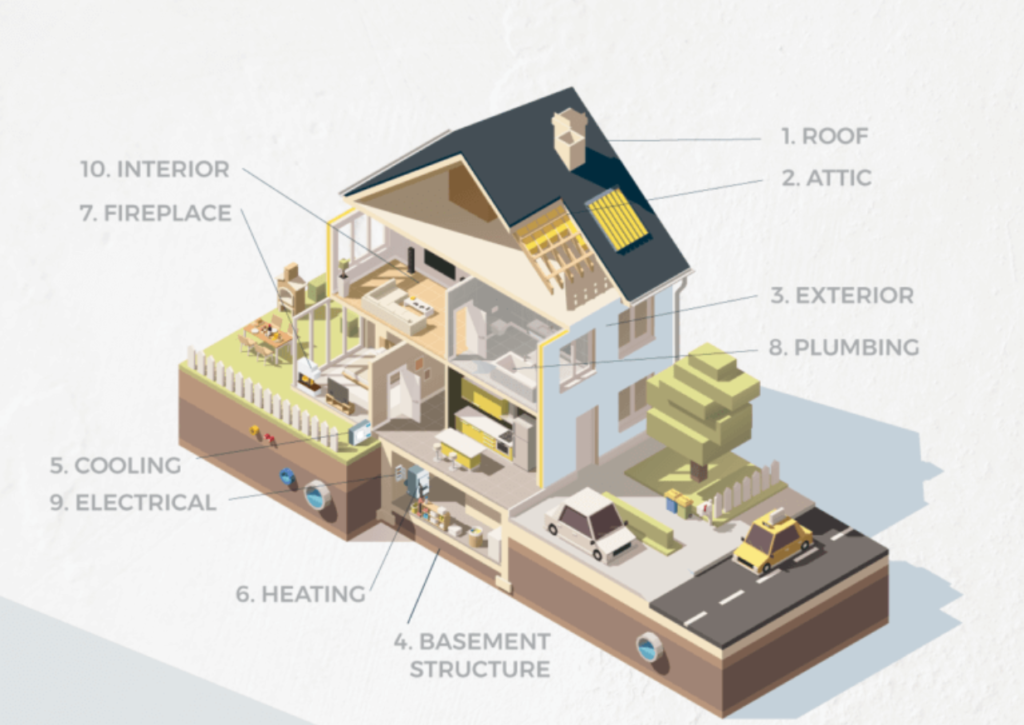
A common question that customers ask home inspectors is, “What is included in a home inspection?” Home inspections are essential to the process of buying and selling homes. Financing may hinge upon the findings and subsequent remediation of issues that may be found during inspections. If you’re in the market as a buy or seller, a home inspection will soon be on your agenda. These are the areas covered in most Asheville home inspections:
- Roof
- Attic/Garage
- Exterior
- Basement, Foundation, Crawlspace, and Structure
- Heating & Cooling
- Fireplace
- Plumbing
- Electrical
- Permanently Installed Kitchen Appliances
- Doors/Windows/Interior
- Insulation
Let’s take a closer look. This article is part one, and will be continued next month.
What’s up with the roof?
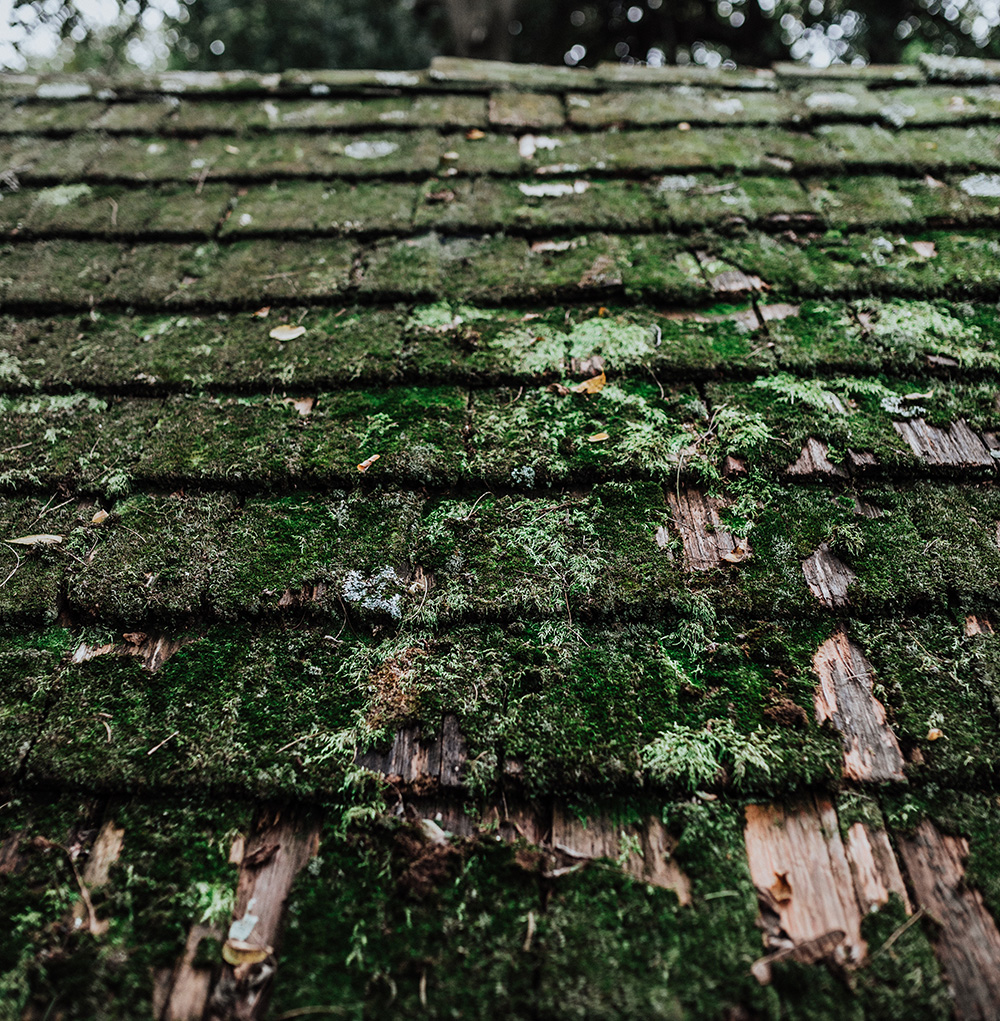
Your roof is an essential component of an Asheville home inspection. Think of your roof like a turtle’s protective shell. It keeps out the heat in summer, fends off the cold in winter, and keeps your home dry when it rains. That’s why it’s important to be sure your roof is doing the job for which it was intended. Trouble is, small roof issues can be hard to spot, but over time they can be serious. One single point of water entry can transform a rainstorm into a damp, moldy disaster for your ceiling.
A favorable roof inspection is desirable, since a damaged or deteriorated roof can put the brakes on mortgage financing or insurance coverage.
In addition to its outer covering of tiles, shingles, or other materials, roof systems contain additional components. Plumbing and gas vents, attic fans, skylights, chimneys, and stovepipes that penetrate the roof can be sources of potential leaks, particularly as the home and roof ages. Inspectors routinely leaks in the flashing or sealing around these penetrations. Left unattended, rot and mold will become unwanted visitors, and the cleanup and repairs can be costly. Improperly installed or clogged gutters and downspouts can allow water to seep under shingles and damage what lies beneath.
Inspectors have their own set of rules about walking on rooftops during inspection. Most will not go up on the roof during periods of rain, snow, ice, or wind. Some will walk only on one-story rooftops and only when conditions are right. If inspectors can’t or won’t walk on their roof, they have other ways of seeing what’s up there, such as ladders and binoculars, and flying drone cameras that can get up close and personal with all roof areas and components, without putting the inspector at risk of injury. Call your inspector to find out what methods he or she employs to check your roof during Asheville home inspections.
Can your home FAIL an inspection?
The short answer is NO. However, poor inspection reports may be reasons for axing the deal or renegotiating price. See our blog on this topic for more information.
Things that go bump in the attic
To many homeowners, an attic is just the empty space between the roof and ceiling. To others attics are places to store boxes and items hard to throw away, but hardly, if ever, used. However, your attic can reveal a lot about your home’s condition and reveal problems that may require immediate attention. That’s why inspectors take a close look at what’s in the attic, including your home’s ventilation, insulation, and condition of the structure itself.
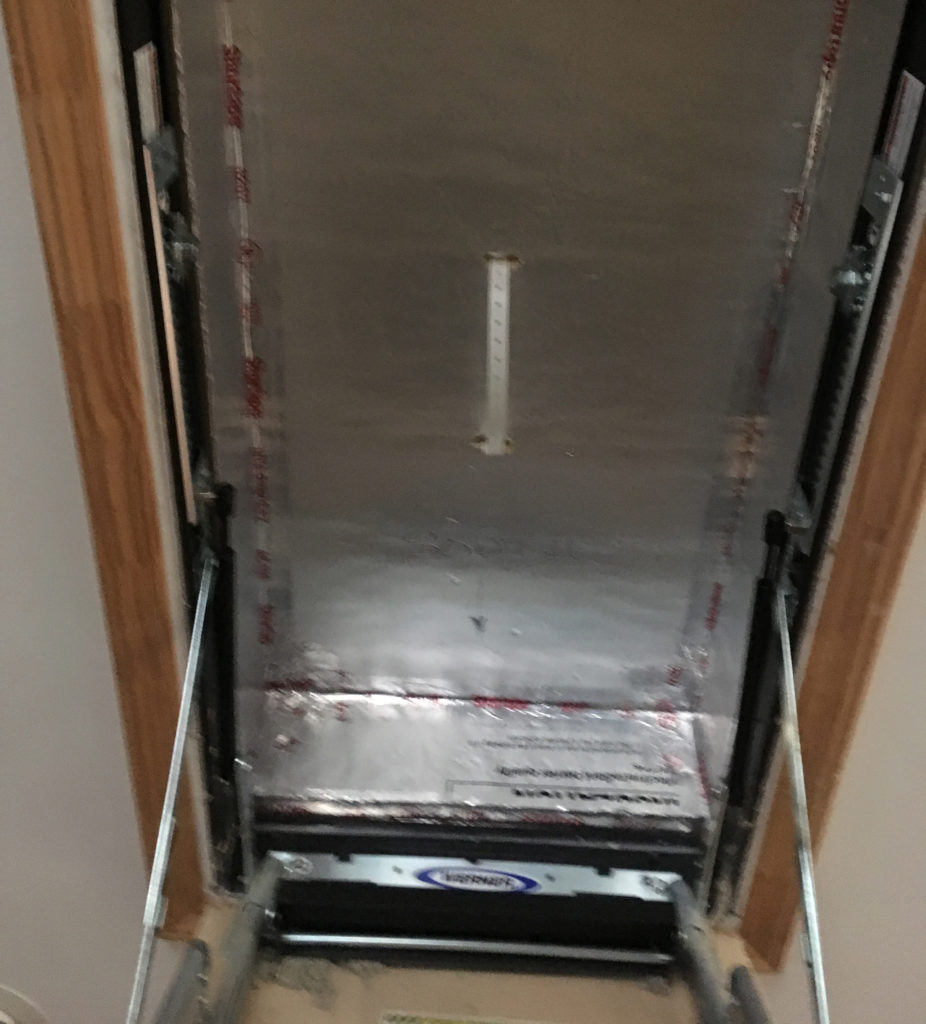
In cases of suspiciously high energy bills, mold in the house, and poor air quality, the attic can be quite revealing. Clues about a home’s history reside in the attic. Black, sooty, or painted rafters could indicate there had been a fire in the home. Tunnels in beams and wood shavings on the attic floor may indicate wood-destroying insects.
Inspectors need safe access to the attic, either an attic hatch or a folding ladder entry. Most inspectors will not enter attics if the only opening is above a staircase. The risk of serious injury or death from a fall is too great.
Do you hear bumps or scratching sounds coming from your attic? Rats, mice, raccoons, possums, or other critters may have taken up residence there. During Asheville home inspections, your inspector may see the creatures themselves, or find signs of their presence.
What’s up there?
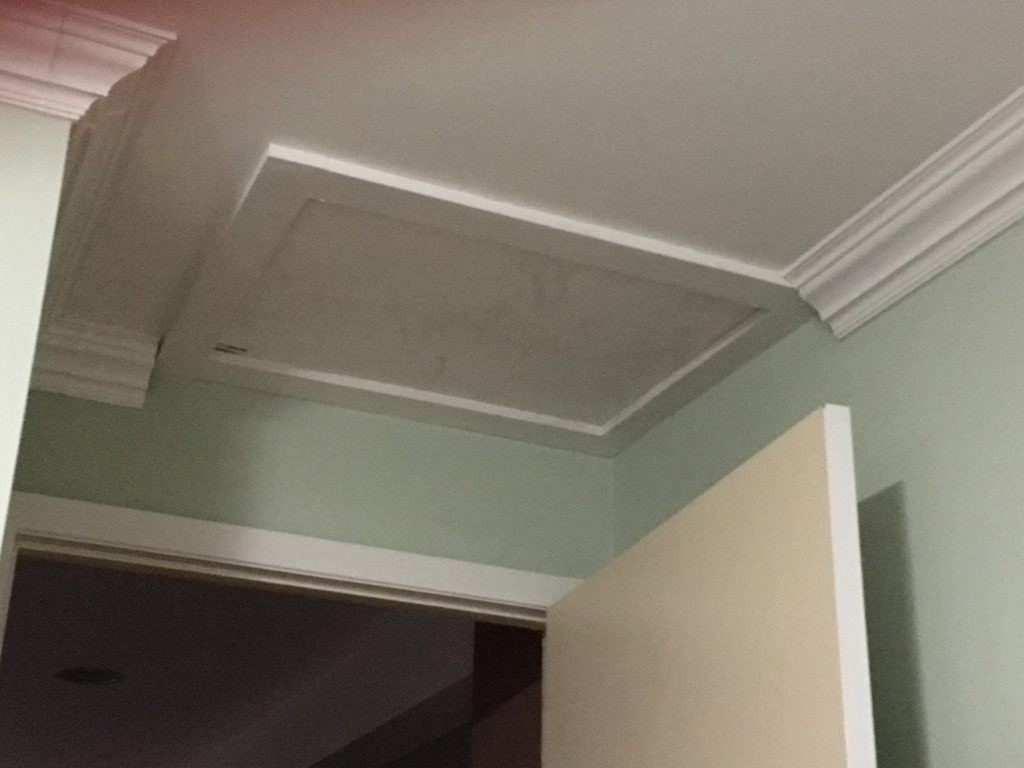
Here’s what inspectors look for in the attic:
- Ventilation: Poor ventilation can reveal as mold, rusted nails and condensation
- Insulation: Your attic should not feel drafty, and insulation should appear whole and complete
- Leaks: Mold, rot, and water stains are tell-tale signs of leaks.
- Pests: Your inspector may find droppings, nests, leaves, acorns and damaged insulation
- Exhaust ducts and vent stacks: These should not terminate in the attic, but should continue through the roof to the outside
What’s outside?
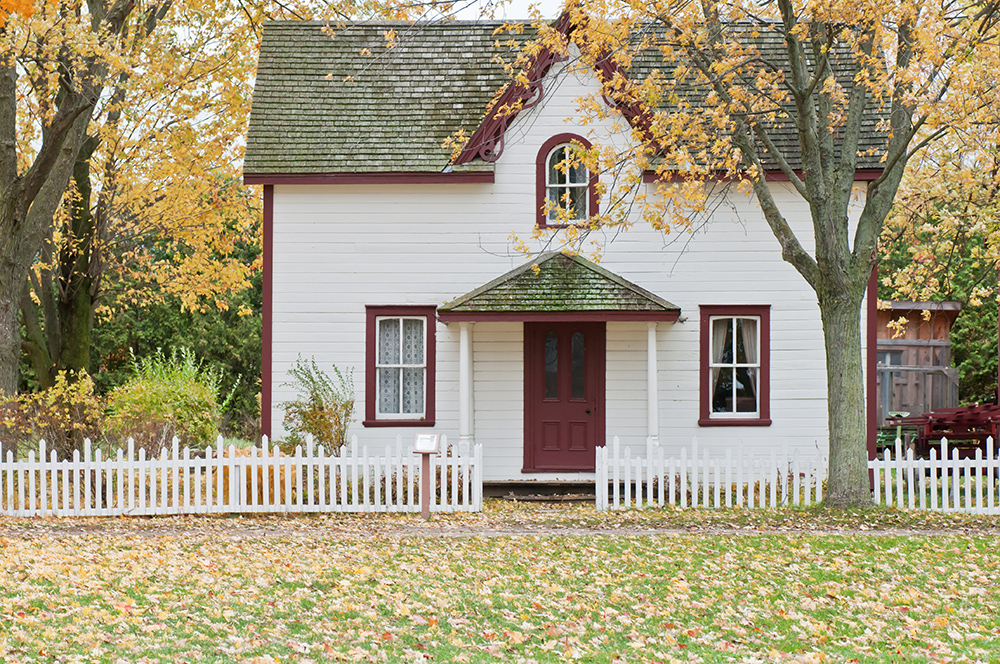
Inspectors give a good going-over to a home’s exterior. The first thing checked is wall covering, such as siding, trim (, and flashing. Generally, inspectors don’t remove any of this material to check beneath. The inspection is done with what’s visible from the outside.
The inspector makes note of the material (stucco, brick, shake shingles, wood, etc.), and looks for evidence of rot, cracking, paint bubbling, rust, bowing and curling.
Next on the list are exterior doors and windows. The inspector will check the exterior doors and windows for observable damage, such as rot, cracks, and decay. Generally, these include only items visible and accessible at ground level, and do not include screens, shutters, or storm windows.
Walking the walk

In the next phase of Asheville home inspections, the inspector “walks the walk.” To be specific: the paths that lead to the home, such as driveways, walkways, and stairways. The inspector looks for structural integrity and stability, checking for cracked or rotted steps, stair spacing, and secure handrails. Overgrown vegetation, level terrain, and proper pitch (sloped away from the home) are noted. Poor surface drainage and standing water can be detrimental to a home’s structural integrity.
Decks and balconies may be hiding weather damage or longtime wear and tear. Fresh stain or paint can make it difficult to detect problems. Inspectors carefully check the top and underside for structural issues, such as improper attachment, sagging, improper joist installation, rotted boards, and loose or improper handrails.
Eaves, fascia, and soffits (those areas that protrude from under the roof) are checked, if visible. The inspector will note any rot, mold, or water damage.
Next month we’ll continue with part two, and we’ll take a close look at basements/crawlspaces, heating and cooling, fireplaces/stoves, plumbing, electrical, and interior doors and windows.
Buying or selling a home?
Avoid unpleasant surprises! Contact Asheville Home Inspector Peter Young before signing any contracts. Call (828) 808-4980, or click the link below to make an appointment.
